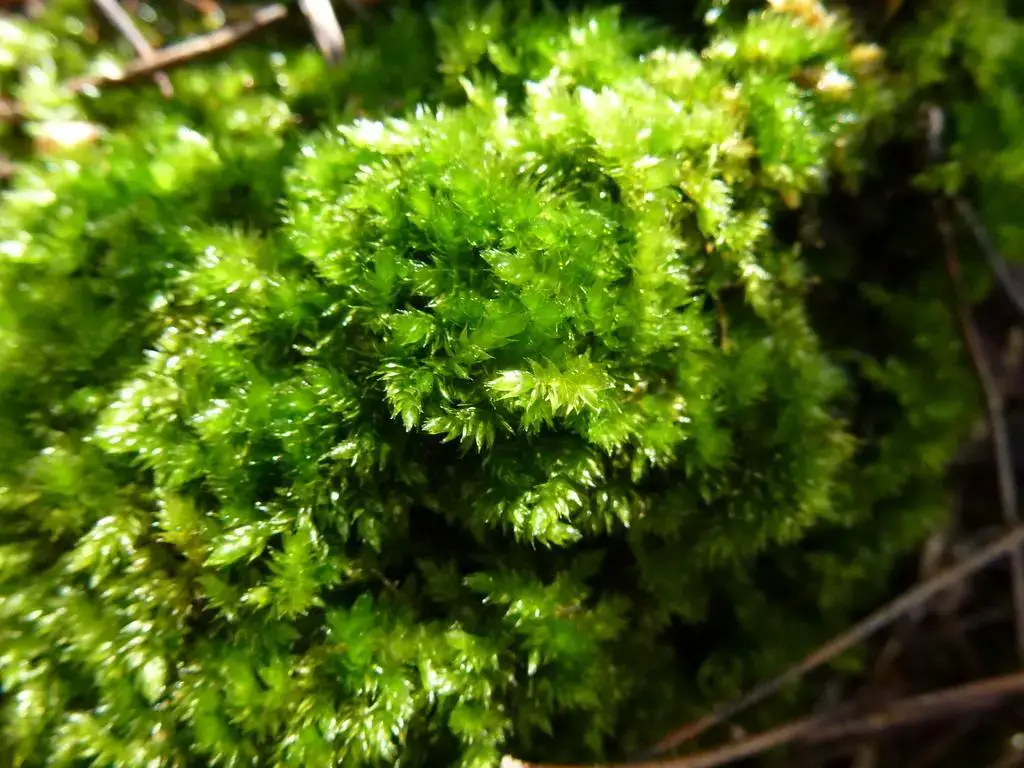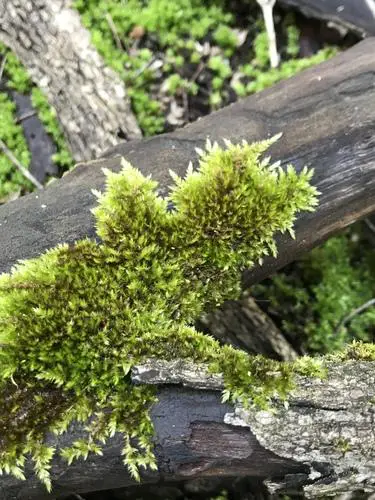
large.jpeg from: https://inaturalist.ala.org.au/observations/83621517
Introduction
Welcome, fellow moss enthusiasts! Today, we’re going to delve into the fascinating world of

medium.jpg from: https://inaturalist.ala.org.au/taxa/405940-Sematophyllum-homomallum
Sematophyllum lithophilum (Hornsch.) Ångstr., a captivating moss species that belongs to the Sematophyllaceae family. Get ready to embark on a journey through the intricate details of this remarkable bryophyte, commonly known as Sematophyllum.
Background
Before we dive into the nitty-gritty of Sematophyllum lithophilum, let’s set the stage with a brief introduction to the world of mosses. These diminutive yet resilient plants belong to the Bryophyta division, which encompasses a diverse array of non-vascular plants known as bryophytes. Mosses, along with liverworts and hornworts, make up this fascinating group of plants that have been around for millions of years, predating even the earliest vascular plants.
Main Content
Morphology and Identification
Sematophyllum lithophilum is a true marvel of nature, with its delicate yet intricate structure. This moss species forms dense, cushion-like mats or tufts, often adorning rocks, tree trunks, or other substrates with its vibrant green hues. The leaves of Sematophyllum lithophilum are small, ovate to lanceolate in shape, and arranged in a spiral pattern along the slender stems.
One of the most distinctive features of this moss is its lithophilum nature, which means “rock-loving.” Indeed, Sematophyllum lithophilum thrives on rocky surfaces, where it can anchor itself securely and absorb moisture from the surrounding environment.
Global Distribution and Habitat
Sematophyllum lithophilum is a widely distributed species, found across various regions of the world, including North America, Europe, Asia, and parts of Africa. This moss is particularly fond of cool, moist environments, often inhabiting shaded areas such as forests, ravines, and rocky outcrops.
While Sematophyllum lithophilum may appear delicate, it is a hardy species that can withstand a wide range of environmental conditions. Its ability to colonize and thrive on rocky substrates is a testament to its adaptability and resilience.
Ecological Roles and Adaptations
Mosses like Sematophyllum lithophilum play crucial roles in their ecosystems, serving as pioneers in the colonization of bare rock surfaces and contributing to the formation of soil. These tiny plants help retain moisture, create microhabitats for other organisms, and even influence the pH levels of their surroundings.
One of the remarkable adaptations of Sematophyllum lithophilum is its ability to withstand desiccation. During dry periods, the moss can enter a state of dormancy, curling up its leaves and slowing down its metabolic processes. Once moisture returns, it quickly revives, showcasing its incredible resilience.
Case Study: Moss Gardens of Japan
In Japan, the art of cultivating and appreciating mosses has been elevated to new heights. Sematophyllum lithophilum is often featured in traditional Japanese moss gardens, where it is carefully tended and admired for its delicate beauty. These moss gardens, known as kokedera, are living works of art that celebrate the intricate patterns and textures created by various moss species, including our beloved Sematophyllum.
Technical Table
| Characteristic | Description |
|---|---|
| Scientific Name | Sematophyllum lithophilum (Hornsch.) Ångstr. |
| Family | Sematophyllaceae |
| Common Name | Sematophyllum |
| Growth Form | Dense cushions or tufts |
| Leaf Shape | Ovate to lanceolate |
| Habitat | Rocky surfaces, tree trunks, shaded environments |
| Distribution | North America, Europe, Asia, Africa |
| Ecological Role | Soil formation, moisture retention, microhabitat creation |
| Adaptations | Desiccation tolerance, lithophilic nature |
Conclusion
As we bid farewell to the captivating world of Sematophyllum lithophilum, we are left with a newfound appreciation for the intricate beauty and resilience of these tiny moss species. From their delicate morphology to their vital ecological roles, mosses like Sematophyllum remind us of the incredible diversity and complexity that exists within the natural world.
Ponder this: If such a small and unassuming plant can have such a profound impact on its environment, what other wonders might be hidden in the microscopic realms of nature, waiting to be discovered and appreciated?